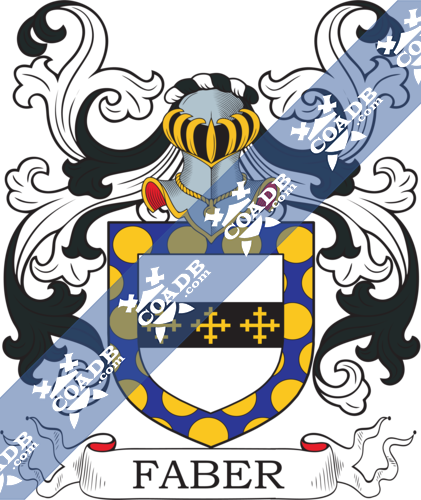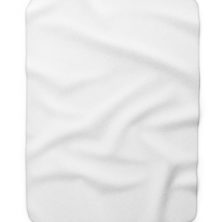Faber Family Crest, Coat of Arms and Name History

Faber Coat of Arms Gallery
Don’t know which Coat of Arms is yours?
We can do a genealogical research. Find out the exact history of your family!
Learn MoreFABER
Faber is a variation of the medieval French surname, Fevre which was derived from the word “febre” the occupational name for a blacksmith or tradesman who was an iron-worked. The word “febre” found its origins in the Latin word “faber” which translates to craftsman.
Surnames had various sources of origins. Some people may have been identified by their given name plus their occupation while others may have been identified by their given name and one of their parent’s names. There was an endless supply from which surnames were culled, in addition to the use of patriarchal or matriarchal names or reference to the individuals occupation, there were things such as defining physical traits, a familiar geographical location or a topographical landmark found near the individuals home or birthplace, the name of the village in which the person lived, and much more.
The use of surnames; however, did not become a common practice among the general population until the mid-sixteenth century. Until this time, surnames were generally reserved solely for the noble class. The use of surnames were found to serve a practical purposes, aside from making the distinction between people with like given names easier, it also allowed governments to more effectively track people for census, tax and immigration purposes.
The task of record keeping was primarily under the jurisdiction of the Church, local priories, and the government. This was due in large part to the fact that literacy was a skill usually found only among the nobles, the clergy, and government officials and scribes. Even so, there often existed multiple variations of names which may be attributed to a number of factors; the origins of the surname, the lack of guidelines which existed for spelling, and the fact that many scribes who were charged with record keeping spelled phonetically, among other things.
One of the earliest records of anyone bearing the surname or any variation of its spelling is that of Roger le Fevere which appears in the Somerset tax rolls from 1243. The Pipe Rolls, often times called the “Great Rolls”, were a series of financial records kept by the English Treasury by order of King Henry III, with the oldest dating back seven hundred years to the 12th century. They hold the distinction of being the oldest consecutive set of records detailing English governance in the United Kingdom. Some other early variations of the name include; Faber; Fabar; Fabers; Faeber; Fabert; and Faybar among others.
With the discovery of the Americas and the addition to the British Common Wealth of countries such as Canada and Australia, immigration to these new worlds was inevitable. Some of the first recorded immigrants to America bearing the surname were Joseph Faber who arrived in 1635 and settled in New England. George Faber arrived in 1639 and settled in Boston, Massachusetts. There were also immigrants to the British Commonwealth countries of Canada, Australia, and New Zealand bearing the surname. Martin Faber landed in 1853 and settled in Adelaide, Australia.
Worldwide, the highest concentration of people with the surname Faber are found in Luxembourg, the Netherlands, Germany, Denmark and Austria. By state, the largest percentile of those with the surname Faber live in Alaska, Delaware, Montana, New York, and North Dakota.
There are many persons of note who bear the surname such as British born, The Reverend Father Frederick William Faber. He was a noted theologian and hymn writer, many of which are still sang in churches today. While Faber was raised as an Anglican he converted to Catholicism and entered the priesthood.
British born, Geoffrey Faber, was the nephew of The Reverend Father Frederick Faber and a noted academic, poet and publisher. Faber was educated at Christ Church, Oxford and was the founding editor of the one of the most noted literary publishing houses, Faber and Gwyer.
British born, Edmund Beckett Faber, 1st Baron of Faber, was educated at Eton and Trinity College, Cambridge. He served as Justice of the Peace and Deputy Lieutenant for the West Riding of Yorkshire. In 1905 he was created Baron Faber, of Butterwick in Lincoln County.
British born, Denison Faber, 1st Baron Wittenham, was a Member of British Parliament and was the younger brother of Edmund Beckett Faber, 1st Baron of Faber. Baron Faber died in 1931 at the age of 78. With his death, his title became extinct. He had no heirs of his body.
Blazons & Genealogy Notes
1) Ar. on a fesse sa. three crosses crosslet or, a bordure az. bezantee.
2) (physician to King Charles II.). Per fess ar. and az. two mullets in chief sa. in base a rose or.








